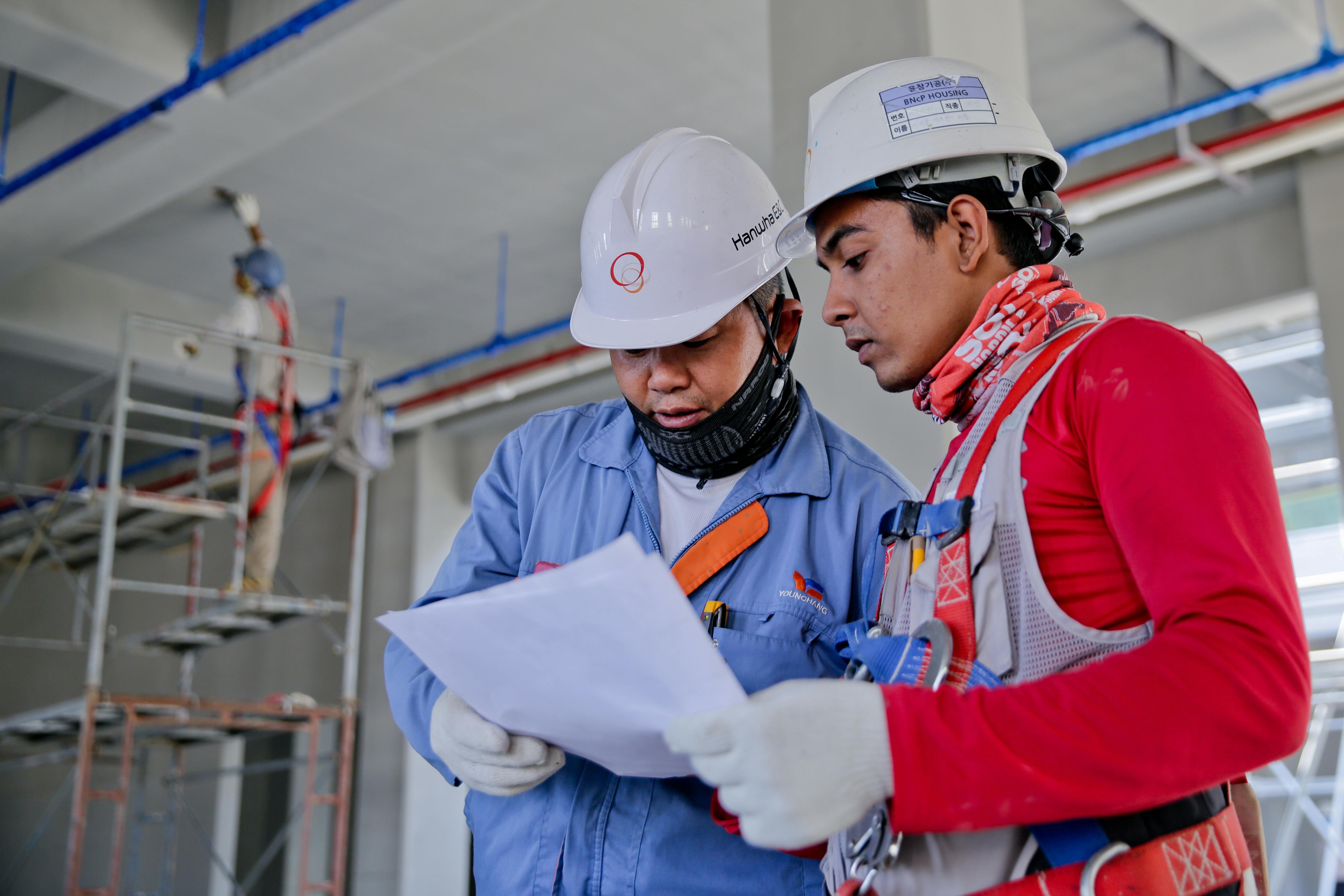
Communication on job sites isn’t what it used to be. Brick, mortar, and scaffolding dominate the scene, but it’s the words that build the bridges and lay the groundwork for success. Whether it’s construction, landscaping, or another field, keeping everyone in sync is the blueprint for a thriving job site environment.
Why Communication Matters
Efficient communication can make or break a job site. Muddled instructions? Expect delays. Clear signals? Witness progress. Having everyone on the same page means fewer mistakes, improved safety, and a quality output. It’s not just talk; it’s the backbone of productive teamwork.
A harmonized communication strategy ensures that resources are allocated appropriately and deadlines are met with precision. Imagine the complexities of coordinating various subcontractors, each with their specific tasks and timelines. Clear communication not only eliminates ambiguity but also builds trust among team members, allowing a smoother flow of operations.
Leaders on job sites who communicate expectations clearly often find themselves with better results. The workers know what’s expected, the foremen can adjust timelines accordingly, and site managers trust their teams to carry out tasks efficiently. This transparency fosters a culture of honesty, where teams feel empowered to speak up about challenges, ensuring that solutions can be found swiftly.
Another layer to the importance of communication is its impact on project costs. When instructions are clear and concise, there’s a reduction in errors and rework. This means budget overruns can be minimized and resources better allocated. Companies that invest in bolstering their communication channels are likely to see a substantial return on investment through project savings.
Additionally, successful job sites promote an environment of open dialogue between all parties involved, which nurtures innovation. When team members feel that their input is valuable, they become more engaged, leading to creative solutions and practical ideas. Encouraging a participatory culture supports a more invested workforce, which ultimately results in higher quality workmanship and client satisfaction.
In today’s dynamic job environments, utilizing tailored digital solutions can enhance the effectiveness of communication. Technologies like the field service app for technicians provide intuitive platforms that optimize workflows. By supporting technicians with tools for effective job management, these apps reinforce job site coordination and efficiency.
Safety First
It’s all fun and games until someone gets hurt. Clear communication isn’t just a matter of efficiency—it’s a matter of safety. Confusion can cause accidents, and mistakes can mean injuries. A well-communicated site is a safe site.
The Barriers
On job sites, chaos reigns supreme. It’s hard to keep messages from getting lost amid the clatter of machinery and the bustle of tasks. Language differences? Check. Generational gaps? Yep. Sorting through the noise and jargon is a Herculean task. But it’s one worth tackling.
Moreover, outdated equipment or a lack thereof can hinder communication efforts. In some regions with limited access to advanced technology, workers struggle to reach consensus, especially when there’s urgency. Adjusting communication tools based on the team’s accessible resources not only improves the message flow but also inclusivity, making sure everyone feels a part of the team.
Overcoming these obstacles often requires a proactive approach. Regular training sessions can bridge the gap between different age groups and cultural backgrounds, allowing each member to understand the best ways to communicate with one another. By providing ongoing education and adapting communication tools to fit the needs of the workforce, many of these barriers can be effectively dismantled.
Face-to-Face vs. Tech
Sure, nothing beats a good ol’ face-to-face chat. Eye contact, hand gestures, and that pause before nodding—the real-deal human interaction is invaluable. But tech is creeping into the heart of job site communications. Apps? Walkie-talkies? Messaging platforms? They’re making waves. Balancing old-school and new is the challenge and the opportunity.
The beauty of integrating new communication technologies at job sites lies in adaptability. Younger workers might gravitate toward digital tools, whereas seasoned professionals might favor direct interactions. Striking a balance allows teams to leverage the strengths of different communication styles, creating a dynamic environment where ideas and information are exchanged efficiently.
Furthermore, technology provides the tools necessary for real-time updates. This instantaneous sharing of information enables rapid decision-making, which is essential on job sites where conditions can change unexpectedly. Teams that are able to interpret and respond to new information quickly have a competitive advantage, paving the way for more streamlined operations.
The Future of Job Site Communication
The future is coming at us fast. Virtual reality meetings, holographic models, and drone-assisted inspections are more than fantasy. As job sites adapt, so too must their communication strategies. Keeping one step ahead is how innovation will shape the skyline of tomorrow.
Conclusion
The world of job site communication is ever-changing. From classic methods to tech-driven solutions, the goal remains the same: seamless interaction for increased productivity and safety. The scope is broad, the methods varied, but at the end of the day, effective communication is the foundation of any successful project.